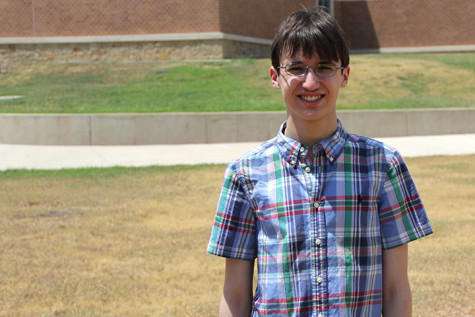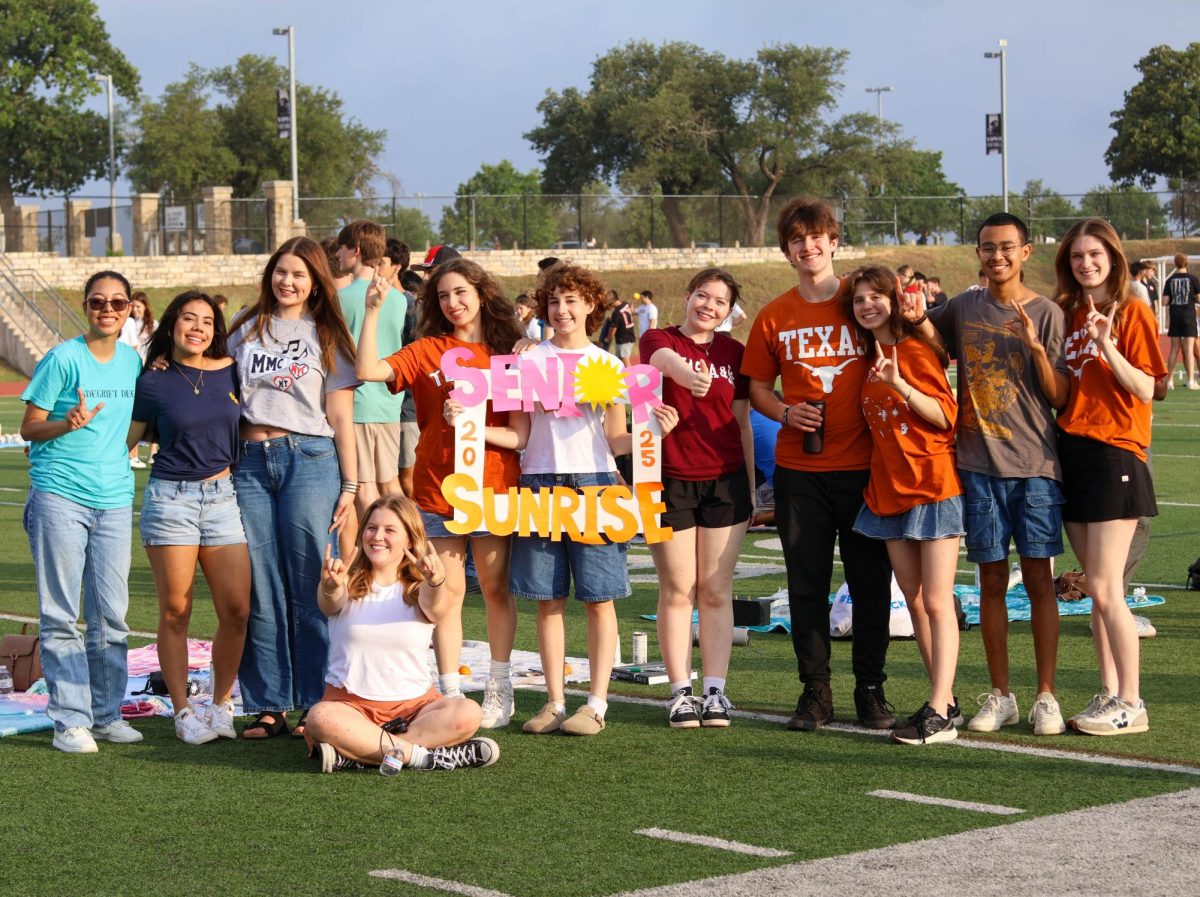YouTube Time Travel Theory

Google Images https://www.google.com/search?as_st=y&tbm=isch&hl=en&as_q=google&as_epq=&as_oq=&as_eq=&cr=&as_sitesearch=&safe=active&tbs=sur:f#safe=strict&as_st=y&hl=en&tbs=sur:f&tbm=isch&q=youtube
Staff Writer discusses his YouTube Theory.
November 16, 2015
There are many different perceptions of time. Some see it as a river where we all sail through on the boat that is the present and in front of it are splitting creeks of different futures that are chosen. Others see time as according to presentism, in which that the past and future are not real and that only the present is real because it is all that is there. But personally, I see time as a video.
Both time and a video share many characteristics. They both play themselves out, and as they do, the present takes place, the past is defined, and the future is yet to come. Also, these three different regions of time and a video are displaying events that exist as seen based on cause and effect. Especially since cause and effect are extremely important for the sake of order and making sense.
Another characteristic is paradoxes. Paradoxes are statements that are self-contradicting and might be true but also wrong. On the subject of time there are at least four different examples, the most well-known being the temporal paradox, meaning that a time traveler changes the past, but as a result, prevents their motivation from existing, thus making the time travel impossible yet somehow able to have been done. We are unable to change our timeline without causing a paradox, and those in a video have the same problem. But we can do it for them.
Though we cannot change our timeline, we can travel through time in a video, just by simply rewinding or fast forwarding a video, and we can change it in the form of editing, albeit in a limited way. When changing a video, the editor can rearrange the different scenes, such as putting the future in the beginning and putting the past in the end. This of course does not make sense, especially since it defies cause and effect as stated before, but the editor did it anyway because of total control. The editor can even defy the temporal paradox by changing an earlier scene’s color quality so that the scenes after it can share the same quality, even though it would eliminate the motivation. It all has to do with domination.
The reason why we are able to change a video unlike our timeline is because our timeline dominates a videos, and since we are a part of the dominant timeline, we are the ones exerting that skill of our timeline’s dominance. It is especially since videos are basically visual recordings of what goes on in our timeline. This gives rise to another theory that our timeline probably is a video of its own, that it could be a recording of another timeline, or it could be like a movie having been made by a godly creator of whom we are all familiar with.
In conclusion to my theory, if we want to travel through our timeline, then we would have to treat it like a video. We would not just simply go into a time tunnel or a DeLorean from Back to the Future, we would just have to create or discover another timeline dominant to ours, somehow separate ourselves from ours, and be a part of the dominant one. If we want to go to the past or future, we would just simply rewind or fast forward. All that is holding us back is our limited current understanding and control of our timeline.






